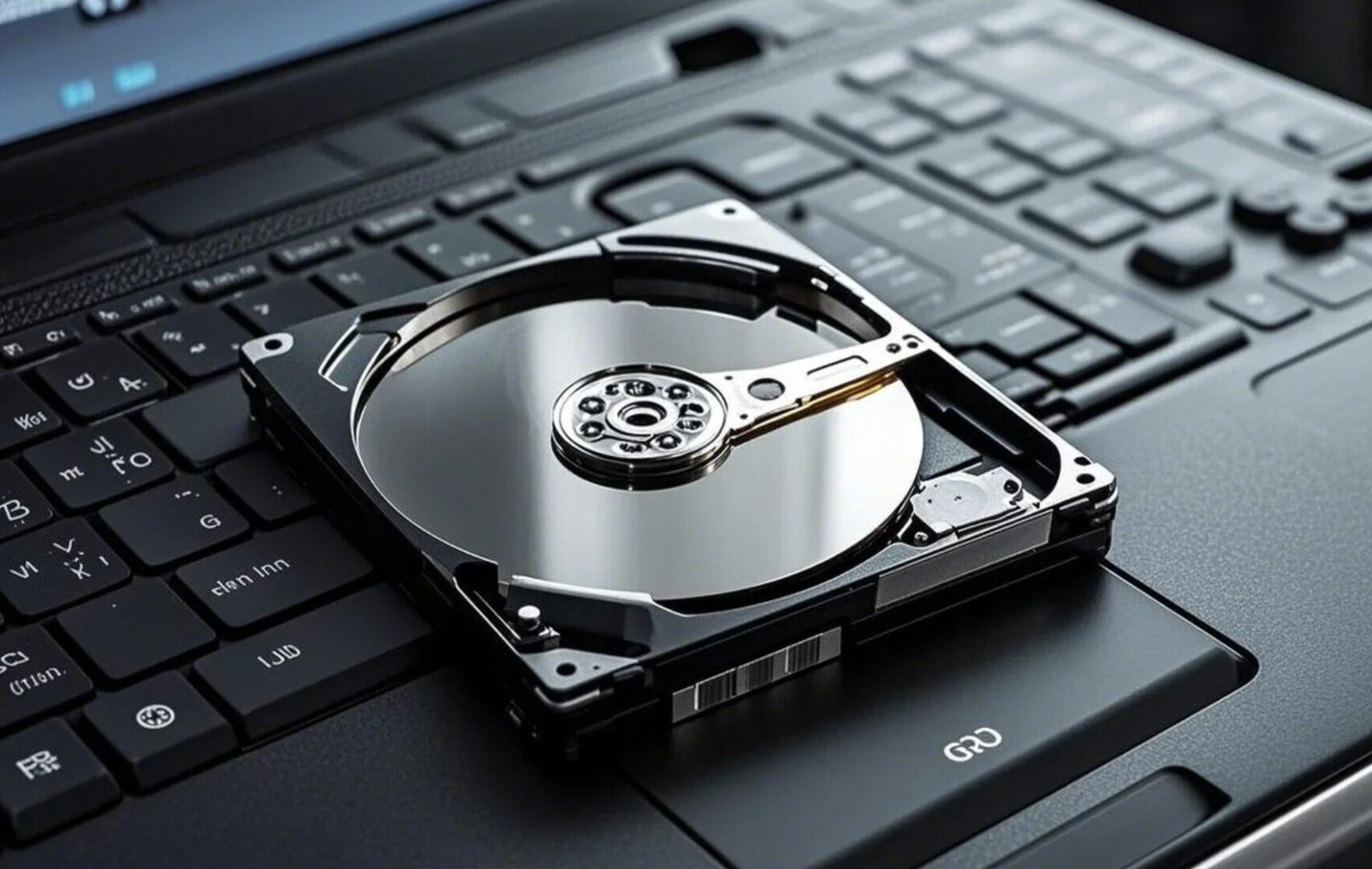Common SSD Failure Symptoms & FAQs About SSD Data Recovery
Solid-state drives (SSDs) are fast, reliable, and silent—but they’re not immune to failure. One moment you’re saving files, the next your computer crashes without warning. SSD failures can occur without obvious signs, and when they do, data loss often follows. In this article, we’ll explain what SSD failure is, list common warning signs, and describe how to recover data from a failing or dead SSD.
What Is SSD Failure?
SSD failure occurs when an SSD stops functioning correctly because of physical or logical issues. If your operating system is installed on the SSD, the failure might prevent your system from booting entirely. If it’s used as a secondary drive, you may see messages that the drive must be formatted, or the system might not detect it at all.

Common SSD failure symptoms
SSD problems can arise from many causes, making them hard to predict. However, there are some consistent warning signs that can help you detect SSD failure early, especially on Windows 10/11 systems:
1. Operating System Fails to Boot
If your OS is installed on a failing SSD, your computer might not boot up. Instead, you could receive an error message. For example, an M.2 SSD failure might trigger error code 0xc0000225, indicating that Windows Boot Manager can’t locate essential system files.
2. Slow Performance
Unlike traditional hard drives, SSDs use NAND flash memory to store data. These memory cells have a limited number of write cycles. As the cells near their lifespan limit, SSD performance can slow down significantly—despite wear-leveling algorithms designed to balance usage across the drive.Note that wear-leveling reduces but does not eliminate uneven wear; performance degradation can still occur as cells approach their write-cycle limits.
3. Frequent Freezing or Crashing
Physical problems like bad blocks, controller failure, electrical issues, or overheating due to poor airflow can all cause your system to freeze or crash randomly. If this happens more frequently over time, your SSD might be to blame.
4. S.M.A.R.T. Errors
SSDs monitor their health using a technology called S.M.A.R.T. (Self-Monitoring, Analysis, and Reporting Technology). Tools like CrystalDiskInfo can read this data. If you see warnings such as a high “RAW Read Error Rate,” this may indicate failing NAND cells or other internal hardware issues.
5. Inaccessible or Corrupted Files
Corrupted file systems and bad blocks may make certain files unreadable or completely inaccessible. These problems can escalate quickly, potentially making data unrecoverable if you don’t act fast.
What to Do If You Suspect SSD Failure
If you notice any of these symptoms, the most important step is to back up your data immediately—ideally to another healthy drive. You can do this manually, or by using third-party tools to recover it; many recovery tools also support bit‑level (byte‑to‑byte) imaging and detailed recovery scans.
If the SSD has already failed, do not format or write new data to it, as that can overwrite recoverable information. Instead, create a read-only image or consult a professional recovery service.
Frequently Asked Questions
Can an SSD fail suddenly?
Yes. SSDs can fail without warning from controller faults, power surges, worn NAND cells, or bad blocks. Unlike HDDs, SSDs often give fewer physical signs before failure.
Is SSD failure common?
SSD failure isn’t extremely common, but it can happen—even with well-maintained drives. Their lifespan depends on the number of write cycles left. Overheating, bad sectors, and unexpected shutdowns can also accelerate degradation.
Can a failed SSD be repaired?
Sometimes. If the issue is logical (such as file system corruption), you may be able to fix it using built-in system repair tools. But if the SSD isn’t detected by your BIOS or shows signs of severe physical failure, your best bet is to consult a professional recovery service and replace the drive.
How can I check the health of my SSD?
Use tools like CrystalDiskInfo to view S.M.A.R.T. data; third-party utilities may provide more detailed, actionable diagnostics.
But third-party tools typically provide more detailed and actionable information.
Final Thoughts
SSD failures can be stressful—but they don’t have to lead to permanent data loss. If you act quickly, avoid overwriting the drive, and use reliable recovery tools or services, you can often retrieve important files. The key is early detection. Pay attention to the signs, and always keep backups of your most important data.

